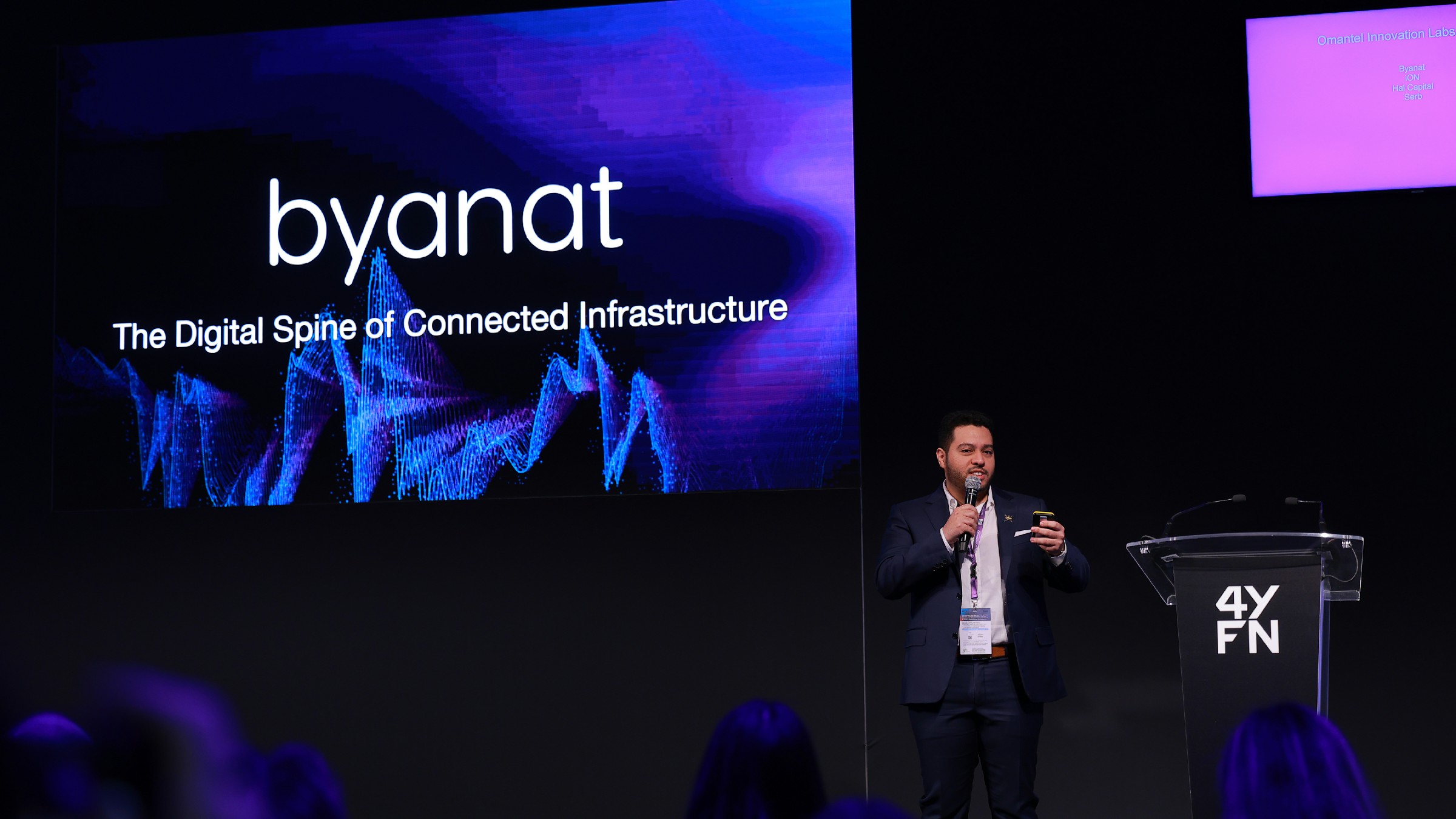.jpg)
Telecom Infrastructure Transformation: The Predictive Maintenance AI Revolution
How The Impact of AI-Driven Predictive Maintenance Is Shaping Telecommunication Infrastructure
AI-powered predictive maintenance is revolutionizing Telecommunication infrastructure management, and the results are impressive. Traditionally, telecommunications have relied on reactive maintenance, fixing issues as they arise. This method is costly and inefficient, resulting in downtime and dissatisfied customers. However, with the advent of AI technology, telecommunications now have the ability to predict and prevent potential failures before they occur, saving time, money, and resources.
AI-powered predictive maintenance works by analyzing vast amounts of data collected from various sources, such as network devices, sensors, and historical maintenance records. Through advanced algorithms and machine learning models, the AI system can detect patterns and anomalies that indicate potential failures or degradation in performance. By monitoring key performance indicators, such as network latency, signal quality, and equipment temperature, the system can identify issues at an early stage and generate alerts for proactive maintenance.
According to COMARCH ,The value of the global predictive maintenance market stood at $4.45 billion in 2020, and is projected to reach $64.25 billion by 2030, growing at a CAGR of 31% from 2021 to 2030.
Benefits of AI-powered predictive maintenance
AI-powered predictive maintenance delivers a wide array of benefits, profoundly impacting organizations by enhancing their overall operational efficiency and performance. Here are few highlighted:
Enhancing Reliability and Customer Satisfaction
Firstly, it allows telecommunications to minimise downtime and service interruptions by addressing potential problems before they escalate. This improves the overall customer experience and increases customer satisfaction.
Efficiency and Cost Reduction
Secondly, telecommunications can optimize their maintenance schedules, reducing unnecessary maintenance while focusing on critical areas. This leads to lower operational costs and improved resource allocation.
Maximizing Infrastructure ROI by Extending Network Lifespan
By leveraging AI technology, telecommunications can extend the lifespan of their network infrastructure, avoiding premature replacements and costly capital expenditures. The AI system can predict when equipment components will reach the end of their lifecycle and recommend timely replacements or repairs, maximizing the return on investment.
Proactive Infrastructure Management
AI-powered predictive maintenance enables telecommunications to move from a reactive to a proactive approach, fundamentally transforming infrastructure management. By taking preventive actions and continuously monitoring network performance, telecommunications can avoid potential disruptions and ensure the smooth operation of their networks.
Industry Statistics on Predictive Maintenance in Telecom
Let's take a look at some industry statistics given at utilities one that reflects the effectiveness and importance of predictive maintenance in the telecom sector:
- According to Technavio, the global predictive maintenance market in the telecom sector is expected to grow at a CAGR of 26% from 2021 to 2025.
- A report by Deloitte states that predictive maintenance can reduce maintenance costs by up to 25% and increase asset utilization by up to 20%.
- Research by McKinsey reveals that telecom operators can achieve up to 20% improvement in network reliability through predictive maintenance.
- Gartner predicts that, by 2022, more than 80% of telecom operators will utilize advanced analytics and machine learning for proactive maintenance.
byanat in Revolutionizing Telecommunication Infrastructure Management
mada,byanat’s AI platform leverages cutting-edge analytics to proactively predict and avert issues, safeguarding network operations from disruptions. Its excellence shines in two critical realms: Device Management and Connectivity Management.
Notably, byanat's robust system processes a staggering 300 million+ metrics every hour. It delves into the physical statistics of equipment, cross-references them with actual hardware alarms, and undertakes meticulous analytics. The outcome is the precise identification of root causes in cases of degradation. Moreover, for all stakeholders, it offers a unified, comprehensive view of the infrastructure, delivering a complete and coherent picture.






